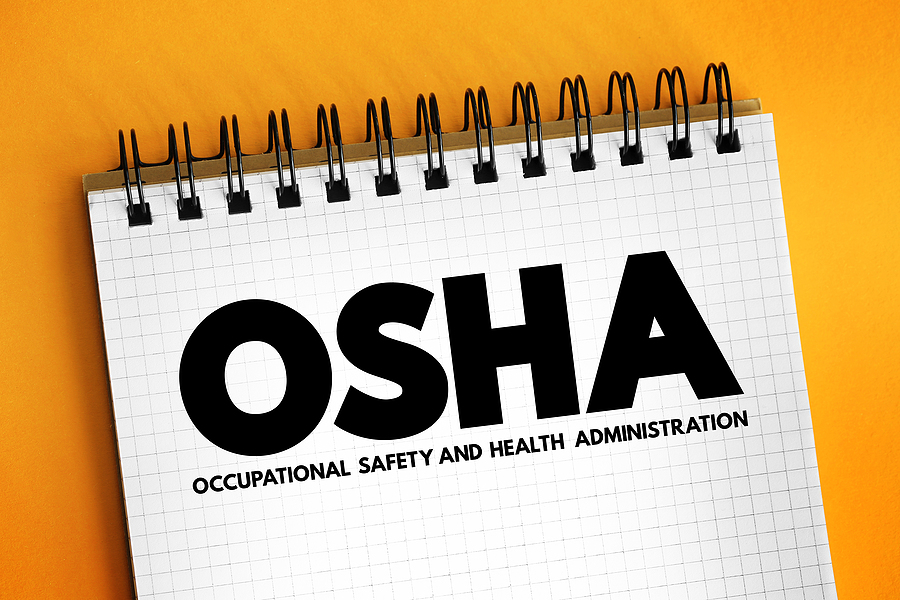How Make Certain Your New Mexico Company is OSHA Recordkeeping Compliant

Recording workplace injuries and illnesses is an essential part of occupational safety. The Occupational Safety and Health Administration (OSHA) demands that businesses maintain accurate and updated OSHA Record Keeping logs on all injuries sustained within the environment to enable them to identify hazards easily while also making necessary improvements toward achieving better safety programs.
Therefore, it becomes important for companies operating in New Mexico State understand what is required by law regarding OSHA recordkeeping under OHSA standards. This article offers general guidance applicable to all working sites found in New Mexico concerning proper record keeping according to OSHA requirements.
Provide Detailed Injury Information
When an accident happens, record keepers need to know the specific details so that a clear picture of what transpired can be made. The date, time, and exact location where the injury occurred should be noted down including the department, machine, or area involved.
It should be made clear in records what the employee was doing just before the occurrence and what caused the harm. There also must be enough details about the type of ailment suffered, which part of the body affected it as well as its seriousness level.
First Aid Injuries Are Not Recordable
Minor injuries that only require simple first aid do not need to be recorded per OSHA standards. First aid includes treatments like cleansing and bandaging a wound, taking over-the-counter pain relievers, or using ice packs. If the injury does not require medical treatment beyond first aid, and the employee is able to return to their full duties right away without missing work, it does not need to be logged.
Only Record the Most Severe Outcome
For a given injury or illness, companies should only record the most serious outcome for that particular case. There are three levels of outcomes in order of decreasing severity: days away from work for recovery, restricted work activity or job transfer, or no time off. If a case progresses through multiple levels, such as beginning with days away before transitioning to light duty, only count the most severe days away portion.
Use Calendar Days for Counts
When tallying up the number of days away or with restricted activity, count all calendar days rather than only scheduled work days. This provides a more accurate picture of actual recovery time. For example, if an injury occurred on Friday and the employee returned to work the following Thursday, that would be counted as seven days away even if there were weekend days off during that timeframe. This method demonstrates the total impact of the incident.
Provide Enough Details
The log should have enough space to allow for detailed descriptions of each illness and injury. One or two brief sentences will often not suffice. Ensure you allocate adequate room for paragraphs that fully chronicle the sequence of events and document the characteristics of each case. Update the descriptions as new information becomes available or the case progresses over time. Thorough narratives bring clarity to the log data.
Share the Log Information
Once the records are compiled, the log information should be communicated to management, safety committees, and other relevant personnel. The data can only enhance safety programs if it is analyzed and understood by those capable of addressing hazards. Statistics such as total injuries, common causes, and problem areas should be shared. Present the information clearly to illustrate trends and the significance of the findings.
Ensure Proper Training
Compiling OSHA records can be complex, with nuances in classifications and criteria. Make sure the individual responsible for your company’s log has received formal training through OSHA seminars or informational materials. They should fully understand the reporting requirements and protocols for your specific industry. If questions arise, they should know where to go for additional OSHA guidance to ensure full compliance.
Conclusion
To monitor and improve safety in the workplace, it is important to keep correct and comprehensive records such as OSHA 300 logs, 301 incident reports, and 300A annual summaries.
In order for New Mexico employers to comply with OSHA recordkeeping requirements they should report accurately. Detailed records will help identify areas that need improvement concerning safety measures applied or implemented within an organization.
